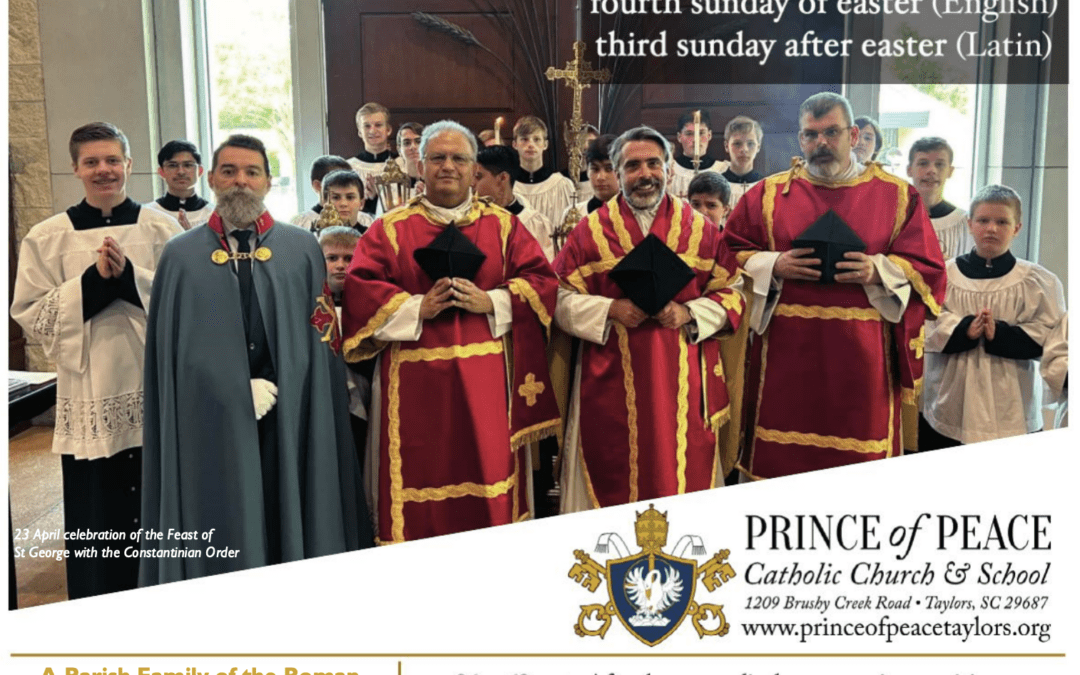
30 April 2023 Bulletin
Click to read this week’s bulletin: 30 April 2023 Bulletin

Click to read this week’s bulletin: 30 April 2023 Bulletin
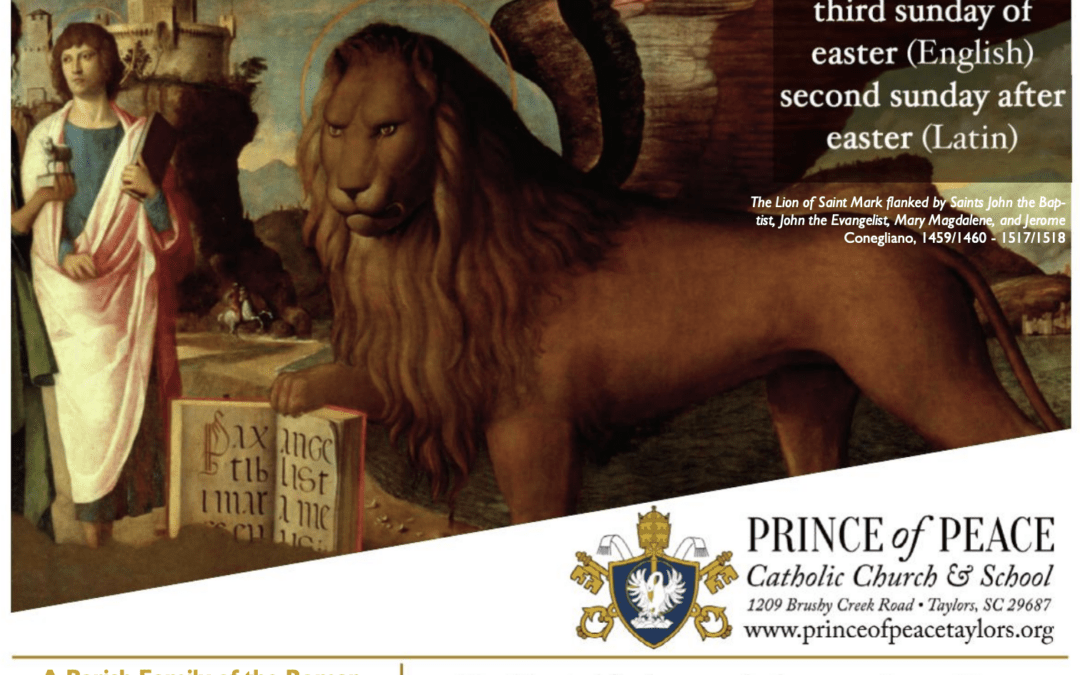
Click to read this weekend’s bulletin: 23 April 2023 Bulletin
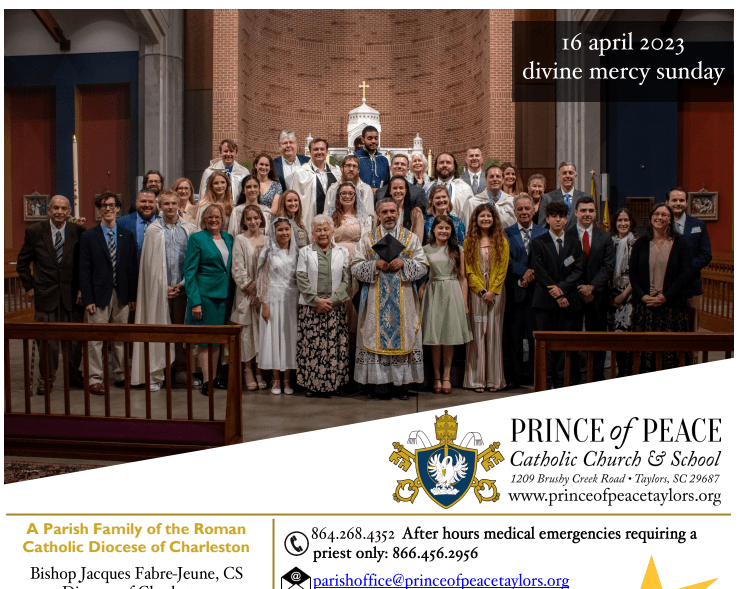
Click to read this week’s bulletin: 16 April 2023 Bulletin
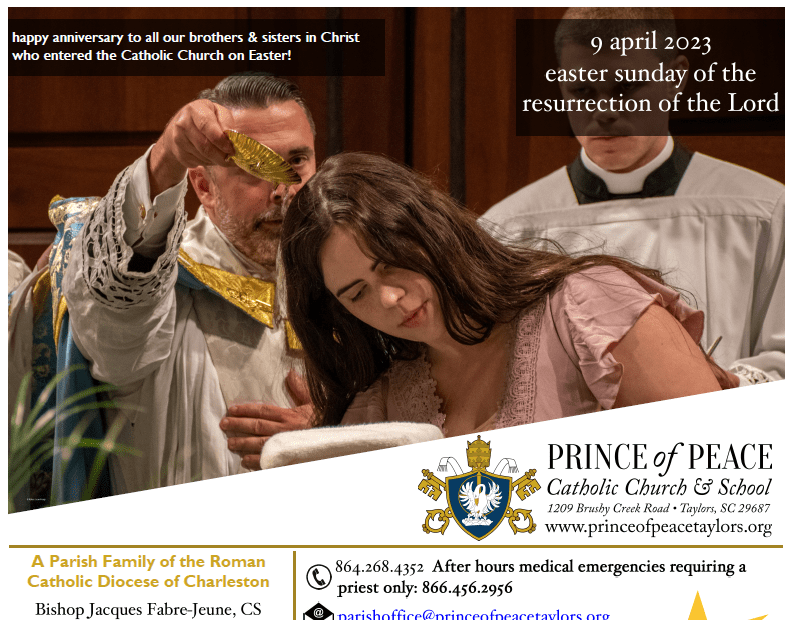
Click to read this week’s bulletin: 9 April 2023 Bulletin
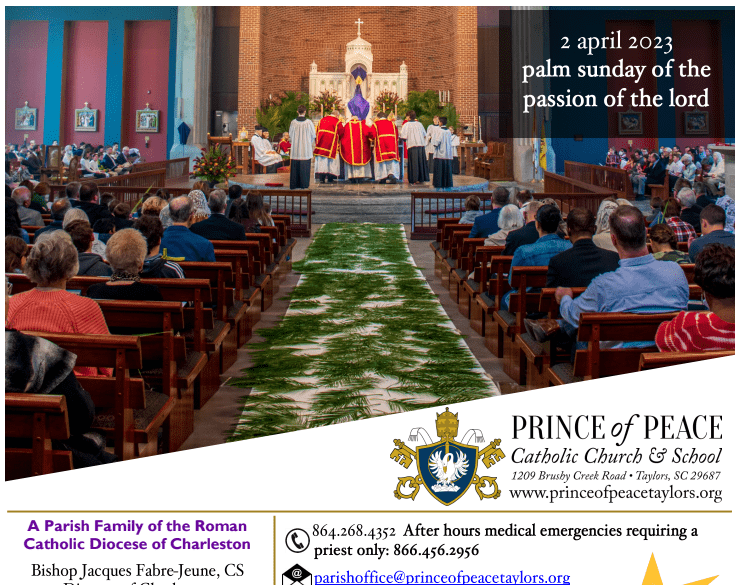
Click to read this week’s bulletin: 2 April 2023 Bulletin
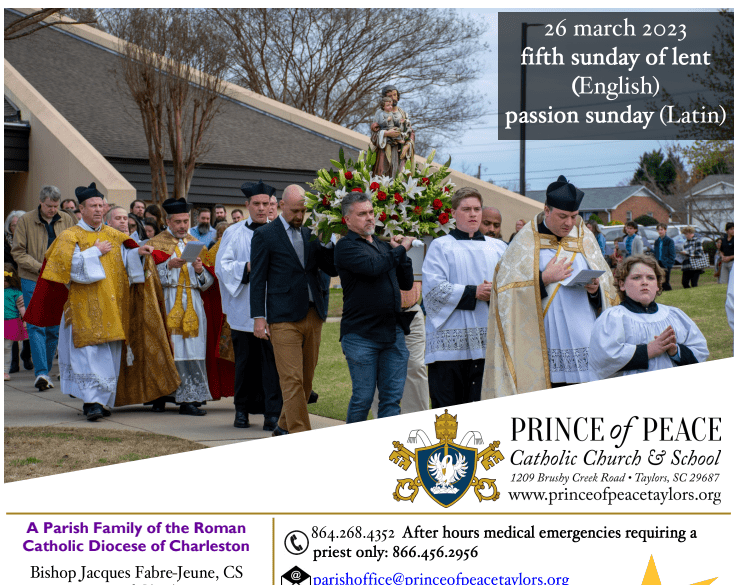
Click to read this week’s bulletin: 26 March 2023 Bulletin
Recent Comments